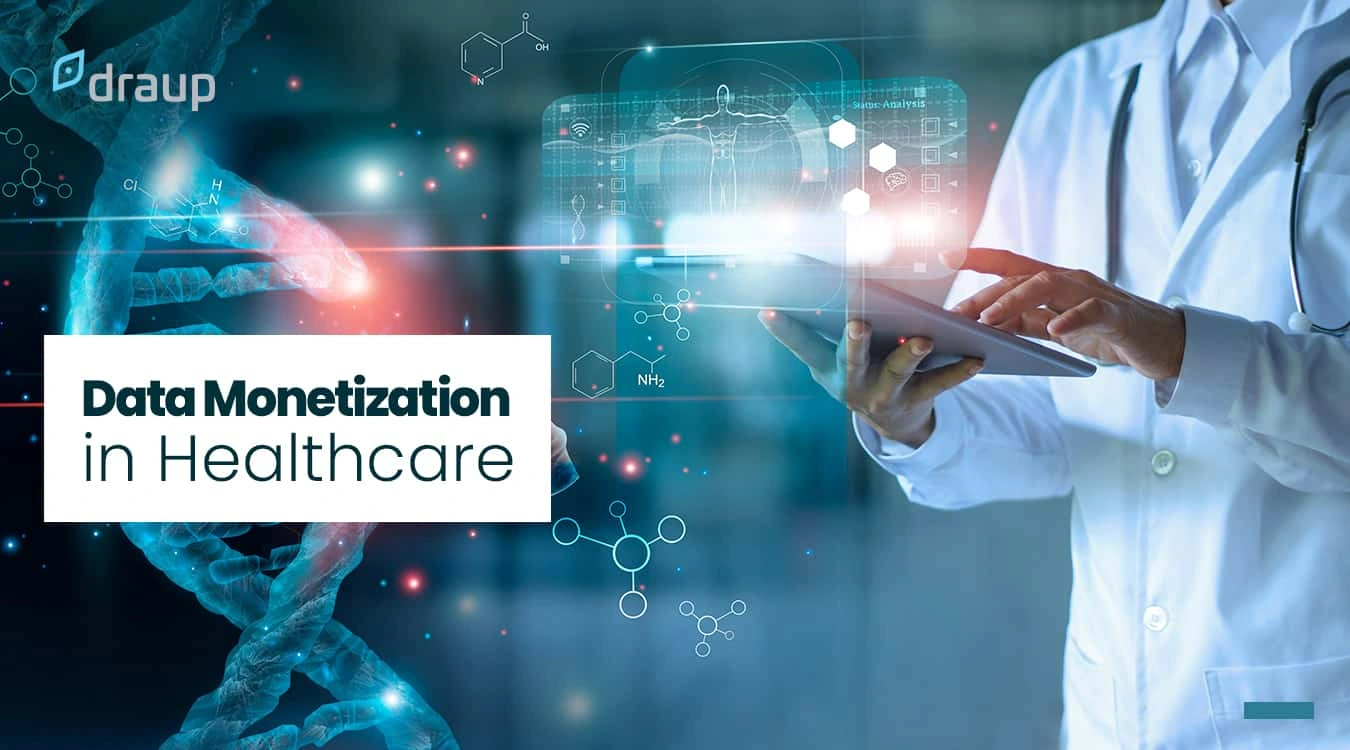Saving lives is a business. Healthcare professionals often, consciously (for moral reasons) try to forget that they are in a business. A hospital, just like any other business, must consciously work on mitigating losses, reducing costs, and increasing profits.
Two decades ago, data was not important or as relevant as it is now for healthcare organizations. There are two ways a healthcare organization uses data today.
A. Direct data monetization
Here, a hospital may sell a patient’s data to third parties. This data could be either in raw form or one that has been converted with detailed analysis and insights. Why do hospitals want to do this? An Oliver Wyman 2018 report, ‘Consumer Survey of US Healthcare’, reported that 63 patients were open to sharing their health data to get appropriate and highest medical care and the best possible insurance packages.
B. Indirect data monetization
Here, a hospital uses a patient’s data to streamline, organize, and make its internal processes efficient, robust, and reliable. The patient’s data allows a healthcare organization to improve operational performances, eliminate redundancies, and introduce new services. The data will also help the healthcare organization to implement new integrated delivery systems and payment modes.
Data monetization is easier said than done. When the British multinational pharmaceutical company, GlaxoSmithKline, announced that it was joining hands with the Google-backed 23andMe for US$300M, a California-based biotechnology company (that provides DNA genetic testing and analysis) to have access to 5 million customers’ genetic information (containing customers’ spit to gather ancestry and health insights) for accelerating treatments and cures, the partnership instantly came under attack for privacy and consent related concerns. In a genetic test, the test also extends to blood relatives who need not consent to have their DNA tested.
As technology has come to be more accessible and wearables have come to be seen as more reliable, the rise of digitization has swelled the need and use for and of healthcare data.
While on the one hand, the global data exchange in the healthcare market is projected to have a CAGR of 23.66% during 2021-2028, on the other hand, the systems involved around the collecting, dealing with, and sharing/exchanging patient data (whether used for direct data monetization or indirect data monetization) are the primary growth hindering factors.
While data is an essential currency in today’s healthcare, it is also a sensitive currency. If it is not transacted correctly, there will be catastrophic repercussions.
Therefore, when it comes to leveraging healthcare data, new leagues of partnerships between private companies and government institutions must step up and evolve.
Data can make the right companies powerful and empower patients with better solutions and services. At the same time, they can also power up wrong entities and empower illicit syndicates.
According to a Trustwave 2018 ‘The Value of Data Report,’ anyone on the dark web with US$250 can buy a patient’s healthcare record. And that is only the beginning of the infection. A Ponemon Institute ‘Cost of Data Breach’ reported a data breach would inflate a patient’s health record to US$408.
With 280 days (about 9 months) being the average time needed to identify and contain a breach, those who oversee collecting, storing, and sharing data in the healthcare business must align their assets, users, and data with security strategy and manage defenses against growing threats.
Healthcare organizations need data. To secure the data they collect, they need to put legal and risk management authorities in place to secure and advance data monetization enterprises.








